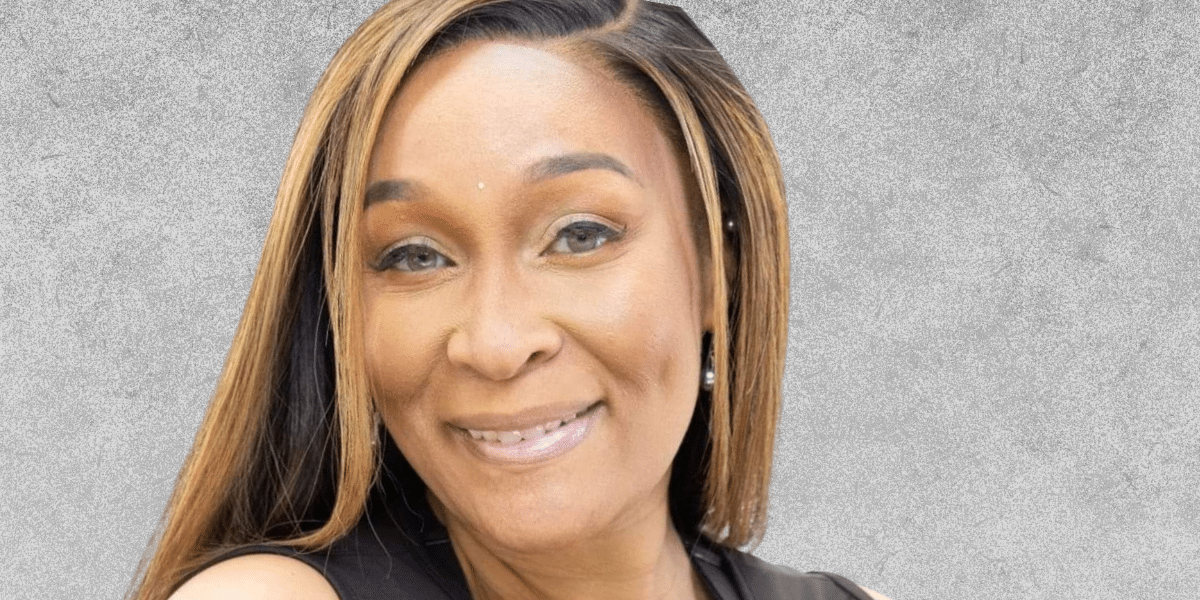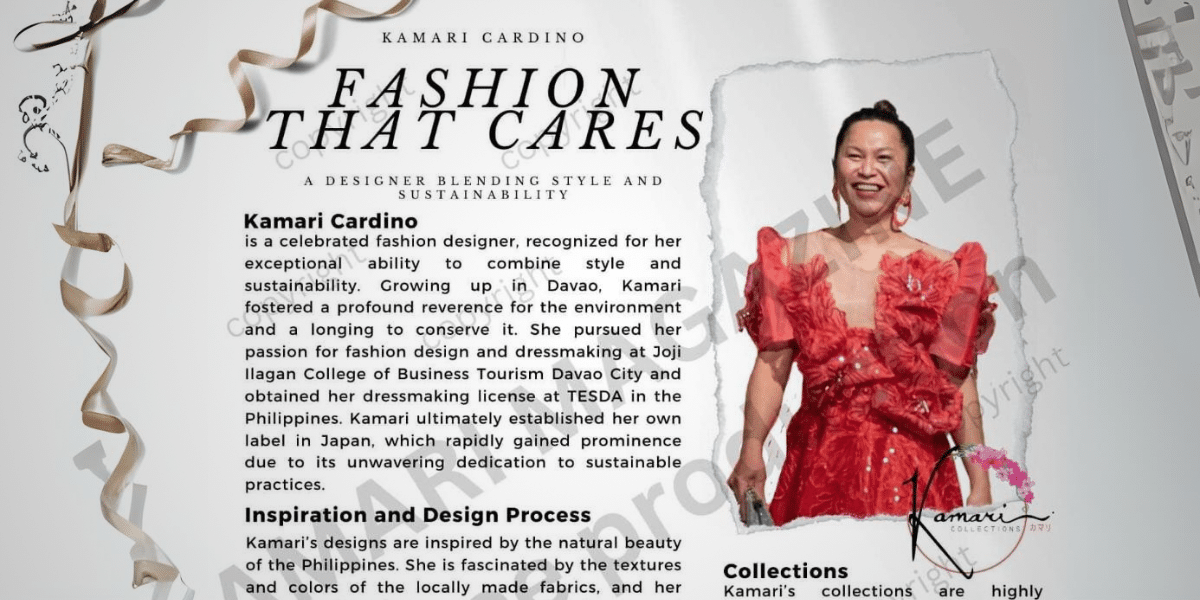In the world of filmmaking, every detail matters, especially when it comes to capturing the essence of a character and bringing a story to life on screen. One of the most powerful tools at a filmmaker’s disposal is the use of hue and lighting to enhance the performance of their actors. In this article, we’ll explore how hue and lighting can bring out the best in your actor and elevate the cinematic experience for viewers.
Setting the Mood and Atmosphere
Hue and lighting play a crucial role in setting the mood and atmosphere of a scene, which directly influences the performance of the actors. Whether it’s a warm, golden glow for a romantic moment or a cold, harsh light for a tense confrontation, the choice of hue and lighting can convey subtle nuances of emotion and tone that enhance the actor’s performance. By creating the right ambiance, filmmakers can help actors immerse themselves in their characters and deliver more authentic and compelling performances.
Enhancing Facial Expressions and Emotions
Lighting is essential for highlighting facial expressions and conveying emotions effectively on screen. By strategically placing lights to illuminate the actor’s face from different angles, filmmakers can enhance the depth and dimensionality of their facial features, making it easier for viewers to read their expressions and connect with their emotions. Soft, diffused lighting can create a flattering effect and smooth out imperfections, while harsh, directional lighting can add drama and intensity to the performance. By adjusting the hue and intensity of the lights, filmmakers can evoke specific emotions and enhance the actor’s ability to convey them convincingly.
Directing the Viewer’s Attention
Hue and lighting can also be used to direct the viewer’s attention to key elements of the scene and guide their focus. By illuminating certain areas of the frame more brightly than others or using contrasting colors to create visual interest, filmmakers can draw the viewer’s eye to important details and enhance the impact of the actor’s performance. Whether it’s a close-up shot of the actor’s face or a wide-angle shot of the entire scene, lighting can help to establish visual hierarchy and create a sense of depth and dimension that enhances the cinematic experience.
Establishing Character Traits and Personality
The use of hue and lighting can also be a powerful tool for establishing character traits and personality. Different colors and lighting setups can evoke different moods and associations that reflect the inner world of the character. For example, warm, inviting colors may suggest warmth and approachability, while cool, muted tones may suggest aloofness or melancholy. By carefully selecting the hue and lighting for each character and scene, filmmakers can help to reinforce their personality traits and motivations, adding depth and complexity to their performances.
Creating Visual Metaphors and Symbolism
Hue and lighting can also be used to create visual metaphors and symbolism that enhance the narrative and deepen the audience’s understanding of the story. For example, a character bathed in warm, golden light may symbolize hope and optimism, while a character shrouded in darkness may symbolize fear or uncertainty. By using hue and lighting to create visual contrasts and juxtapositions, filmmakers can convey abstract concepts and themes in a more visceral and intuitive way, enriching the storytelling experience for viewers.
Enhancing Cinematic Aesthetics and Style
In addition to its practical and narrative functions, hue and lighting also play a crucial role in enhancing the overall aesthetics and style of a film. The choice of colors, lighting setups, and visual effects can contribute to the film’s visual identity and create a distinctive look and feel that sets it apart from other films. Whether it’s the vibrant, neon-lit streets of a cyberpunk dystopia or the muted, earthy tones of a period drama, hue and lighting can help to create a cohesive visual language that reinforces the film’s themes and atmosphere.
Leaving an Impression
Hue and lighting are powerful tools that filmmakers can use to enhance the performance of their actors and elevate the cinematic experience for viewers. By setting the mood and atmosphere, enhancing facial expressions and emotions, directing the viewer’s attention, establishing character traits and personality, creating visual metaphors and symbolism, and enhancing cinematic aesthetics and style, hue and lighting can add depth, nuance, and visual interest to a film. Whether it’s a subtle, understated effect or a bold, dramatic statement, the careful use of hue and lighting can help filmmakers to create compelling, emotionally resonant stories that captivate audiences and leave a lasting impression.








